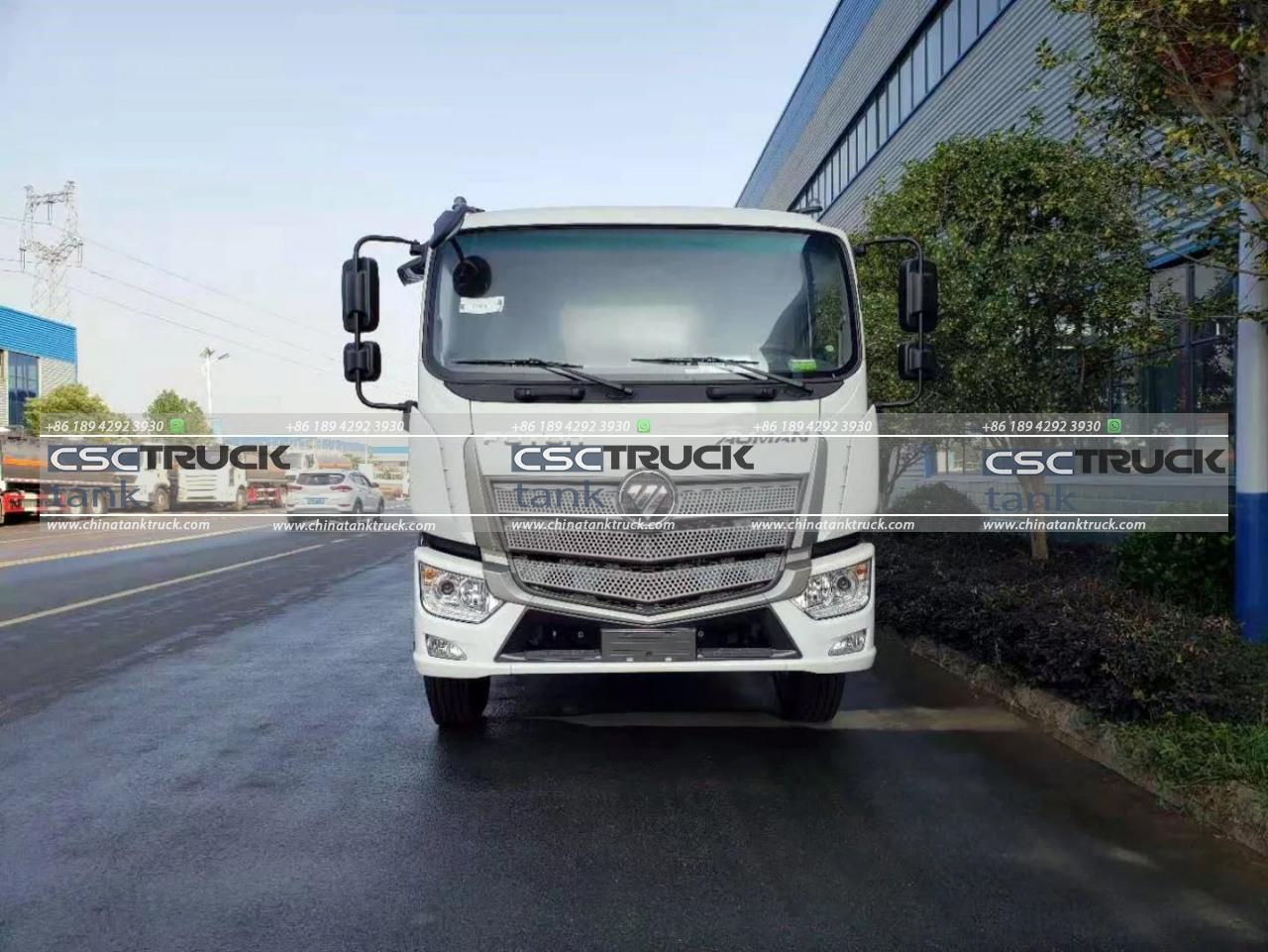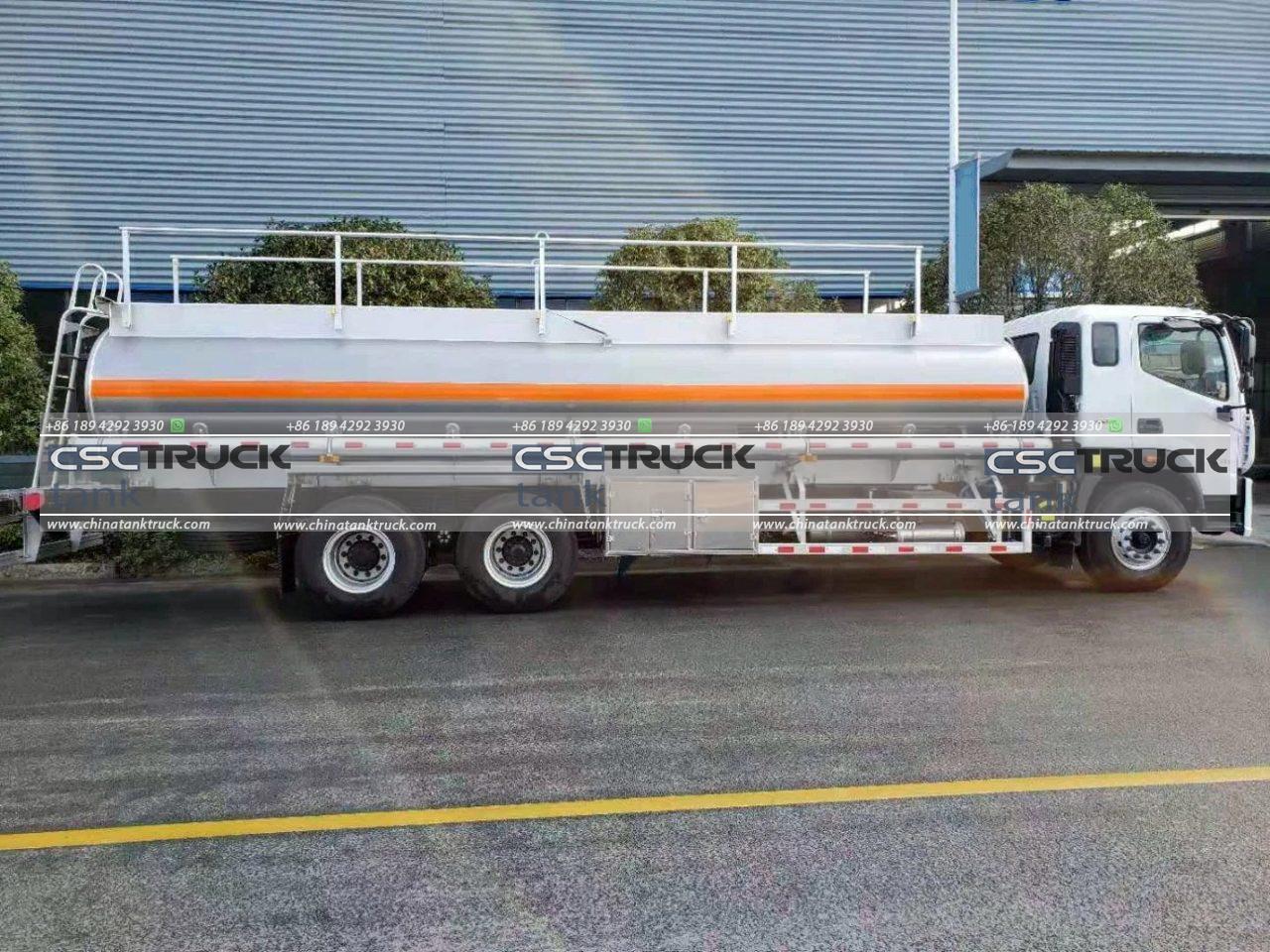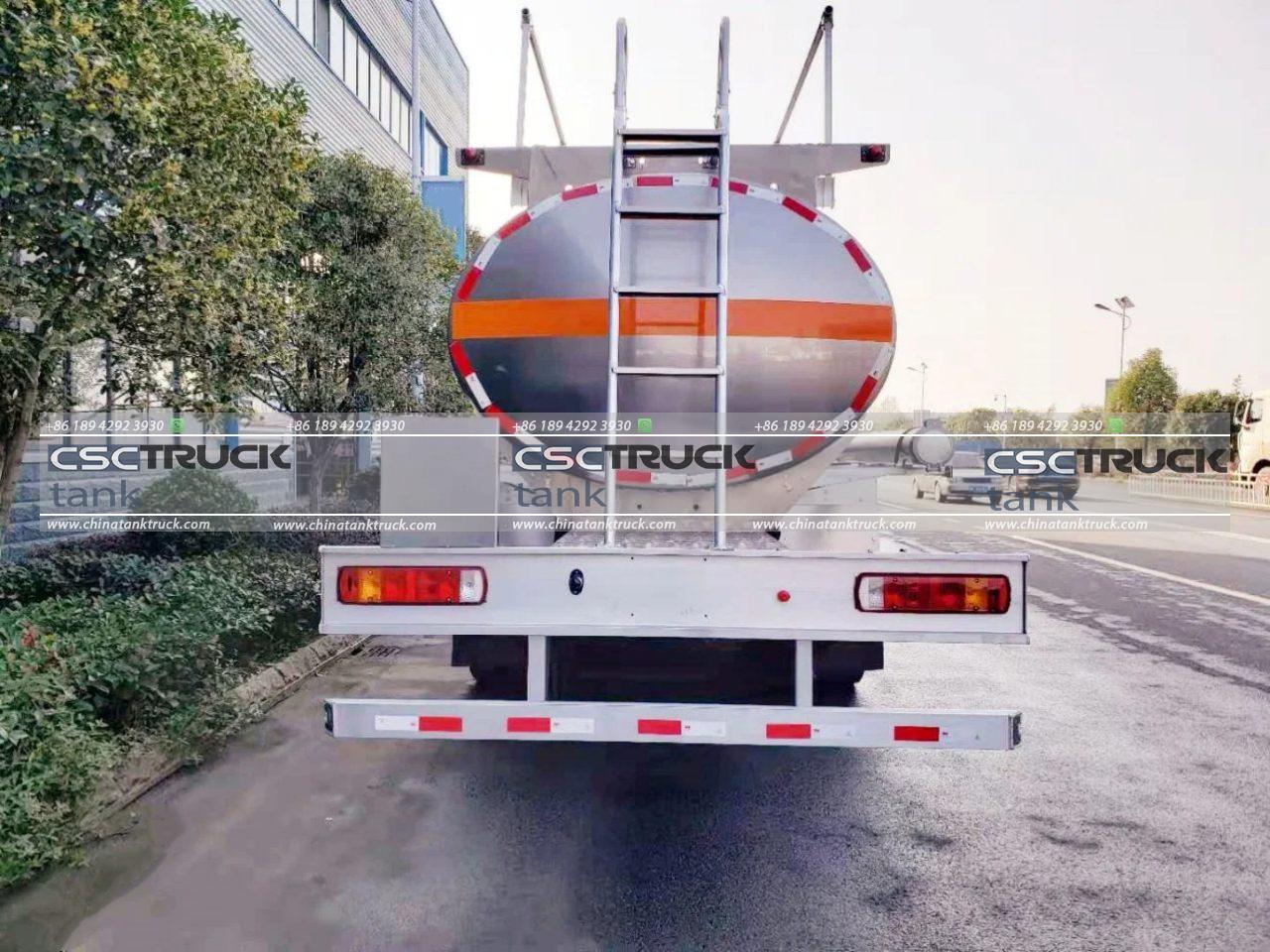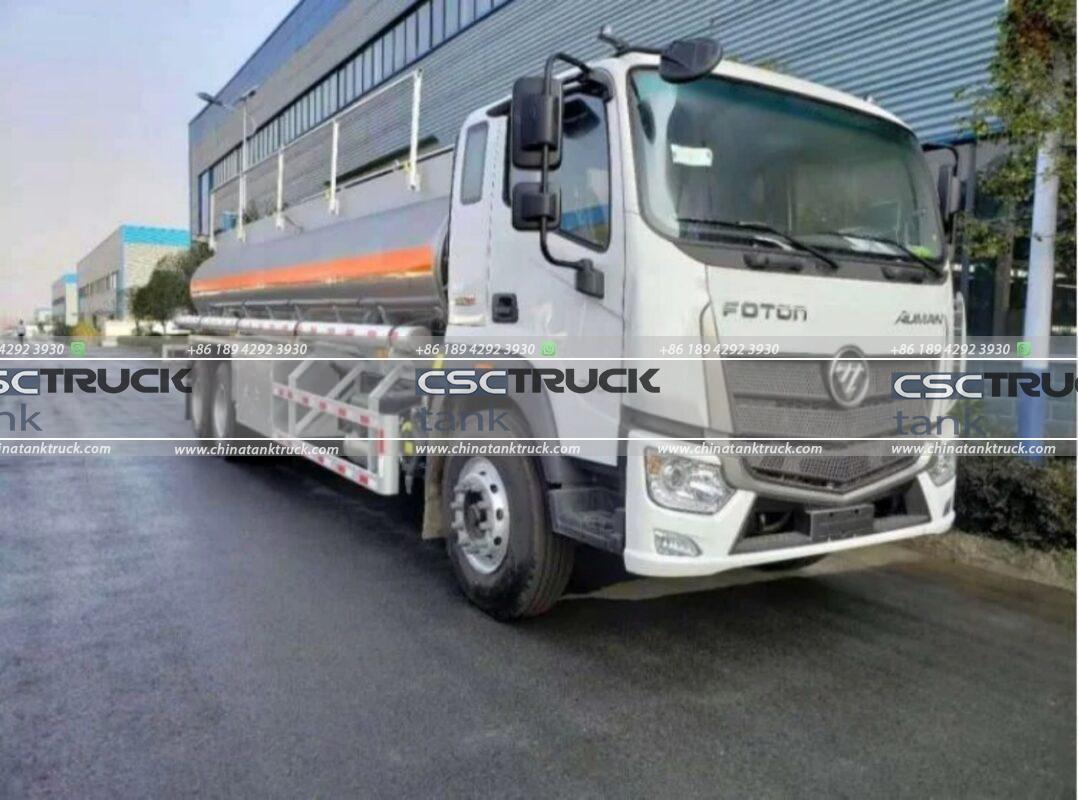What is the Difference Between a Product Tanker and a Chemical Tanker?
The maritime shipping industry is vast and diverse, encompassing a wide range of specialized vessels designed to transport various types of cargo across the globe. 2 such vessels are product tankers and chemical tankers, both of which play crucial roles in the transportation of liquids. While they may seem similar at first glance, these 2 types of tankers differ in several fundamental ways, including their cargo types, design, safety regulations, and operational considerations. In this article, we’ll explore the differences between product tankers and chemical tankers in detail.
1. Definition and Primary Purpose
Product Tanker:
A product tanker is a type of oil tanker designed to carry refined petroleum products. These include gasoline, diesel, jet fuel, kerosene, and lubricating oils, which are all derived from crude oil through a refining process. The purpose of a product tanker is to transport these refined products from refineries to distribution centers, storage facilities, or directly to consumers.
Chemical Tanker:
A chemical tanker, on the other hand, is specifically designed to transport bulk liquid chemicals. These chemicals can vary widely in their properties and include substances such as methanol, sulfuric acid, caustic soda, and vegetable oils. Chemical tankers are engineered to carry highly sensitive and hazardous chemicals that require strict control over temperature, pressure, and contamination to ensure safe transportation.

2. Cargo Types and Specifications
Product Tanker Cargo:
Product tankers transport refined petroleum products, which are less hazardous compared to many chemicals. The cargo is typically categorized into 2 broad categories:
– Clean Products: This includes fuels like gasoline, kerosene, and jet fuel. These are generally free from contamination and require careful handling to maintain purity.
– Dirty Products: These consist of heavier refined products like fuel oils and lubricants, which may have higher contamination risks and are more viscous than clean products.
Because the cargo in a product tanker is relatively straightforward in terms of handling and hazards, the tanker itself doesn’t require highly specialized equipment for each specific cargo.
Chemical Tanker Cargo:
Chemical tankers transport a diverse range of chemicals, many of which are hazardous and require specialized handling. Each chemical has unique properties, such as reactivity, toxicity, corrosiveness, and volatility. Some chemicals may need to be kept at specific temperatures or under pressure to remain stable.
Cargo in a chemical tanker can be broadly classified into:
– Bulk chemicals: These are transported in large quantities and include organic and inorganic chemicals.
– Specialty chemicals: These chemicals may need highly controlled environments and more advanced handling systems.
Due to the hazardous nature of the chemicals, tankers are designed to ensure there is no risk of cross-contamination or reactions between different chemicals, which can pose significant safety threats.
3. Tank Design and Construction
Product Tanker Design:
Product tankers generally have simpler designs compared to chemical tankers. The cargo tanks in product tankers are usually made from mild steel or stainless steel, depending on the cargo type. While some refined products can be corrosive, the majority do not require highly specialized coatings inside the tanks. Product tankers are typically divided into multiple tanks, allowing them to transport several types of refined products at once, though care must be taken to prevent contamination.
Chemical Tanker Design:
Chemical tankers are more complex in their design. Due to the hazardous and corrosive nature of many chemicals, the tanks are often coated with special materials or constructed from stainless steel to prevent corrosion and contamination. The tanks in chemical tankers are typically smaller than those in product tankers and are often independent of each other. This means that each tank may have its dedicated piping system, pumps, and heating or cooling systems. This independence reduces the risk of cross-contamination and allows for greater flexibility in handling different cargoes.
In addition to material considerations, chemical tankers often have advanced monitoring and control systems to regulate temperature, pressure, and other environmental factors critical for maintaining the stability of their cargo.

4. Safety Regulations and Standards
Product Tanker Safety:
While product tankers do carry flammable materials, the risks associated with these products are generally lower than those of chemical tankers. Nevertheless, product tankers are subject to stringent international regulations, such as those set by the International Maritime Organization (IMO), including the International Convention for the Prevention of Pollution from Ships (MARPOL) and the International Safety Management (ISM) Code. Product tankers must also comply with specific safety measures, such as inert gas systems, to prevent the buildup of explosive vapors in tanks.
Chemical Tanker Safety:
Chemical tankers operate under even stricter safety regulations due to the hazardous nature of their cargo. In addition to the standard regulations that apply to all tankers, chemical tankers must comply with the International Bulk Chemical Code (IBC Code), which outlines specific construction and equipment requirements for vessels carrying bulk chemicals.
The IBC Code classifies chemicals into different hazard categories, and chemical tankers must be equipped to handle the specific safety requirements of the chemicals they transport. For example, some chemicals may require inert gas systems, specialized ventilation, and even emergency procedures in case of leaks or spills.
5. Crew Training and Expertise
Product Tanker Operations:
Operating a product tanker requires a certain level of training and expertise, especially when it comes to handling and maintaining the integrity of different types of refined petroleum products. However, the operational complexity of a product tanker is typically lower than that of a chemical tanker.
Chemical Tanker Operations:
The crew of a chemical tanker must undergo extensive training due to the specialized nature of the cargo. Many chemicals require precise temperature and pressure controls, and the consequences of mishandling such cargo can be catastrophic. Crew members must be trained in the use of specialized equipment and must also be aware of the specific hazards associated with each chemical. In many cases, chemical tanker operators must have certifications that are not required for other types of tankers.

6. Cost and Efficiency
Product Tanker Costs:
Product tankers tend to be less expensive to build and operate compared to chemical tankers, as their design and equipment are simpler. Additionally, the cargo carried by product tankers generally doesn’t require as much specialized handling or storage, resulting in lower operating costs.
Chemical Tanker Costs:
Chemical tankers, due to their more complex design, require more capital investment for construction. The independent cargo tanks, specialized coatings, advanced monitoring systems, and the need for highly trained crew members all contribute to higher operational costs. However, the higher freight rates typically associated with transporting chemicals can help offset these expenses.
Conclusion
In summary, while both product tankers and chemical tankers are designed to transport liquids, they differ significantly in terms of their cargo, design, safety regulations, and operational requirements. Product tankers primarily transport refined petroleum products, which are relatively less hazardous and require less specialized equipment. Chemical tankers, on the other hand, are designed to carry a wide range of hazardous chemicals, necessitating more complex systems and stricter safety protocols. Understanding the differences between these 2 types of tankers is crucial for ensuring the safe and efficient transportation of both refined petroleum products and chemicals across the world.

